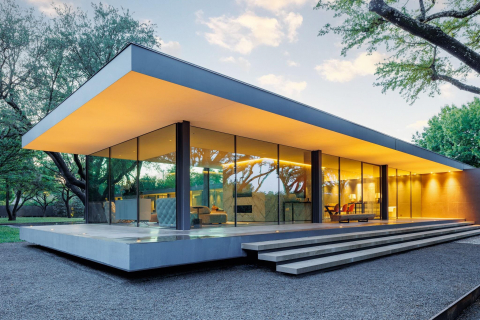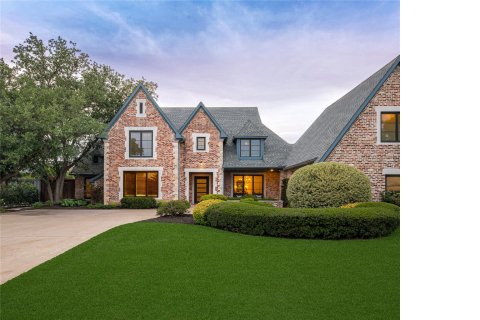Wines to Drink Now and Wines to Save For Later — These are the Bottles You Need to Know
Cabernets With Power, Sparkling Finds and New Discoveries to Cellar
BY James Brock // 07.30.21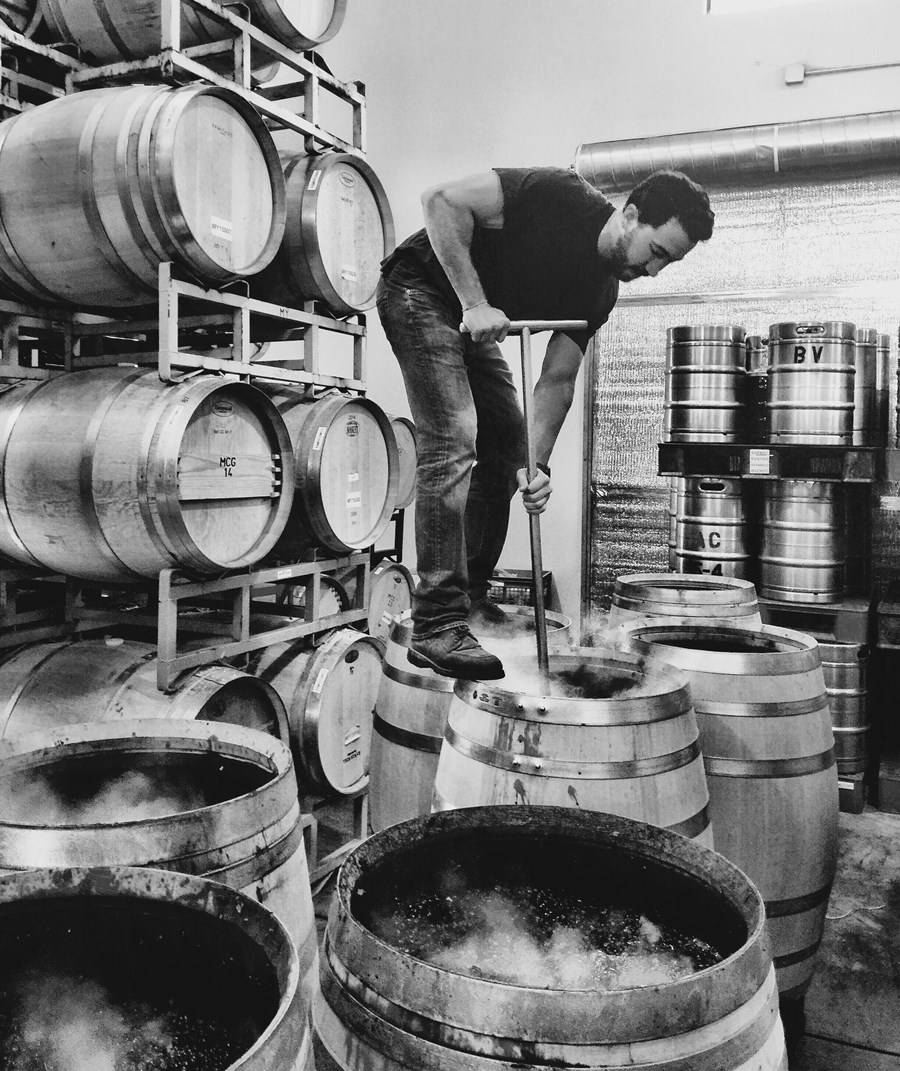
Jesse Katz at work in the Aperture Cellars winery. (Courtesy Aperture Cellars)
Tasting wines on a daily basis brings abundant opportunity for assessment, reassessment, discovery and reinforcement (“that wine is as good as I thought it was,” or, “I did not notice such stark acidity in my previous tasting of this Riesling”). It is an illuminating process.
The other day I opened a bottle of Domaine Guion Bourgueil “Cuvée Prestige” — 2018 vintage — with comparison as the goal. That and enjoying a glass of something that I liked immensely back in April of 2020. I wanted to see how the ’18 had changed in the bottle between tastings.
Little was my answer. It was still one of my favorite wines of the year, and I look forward to drinking more of this wine come 2022 (and beyond).
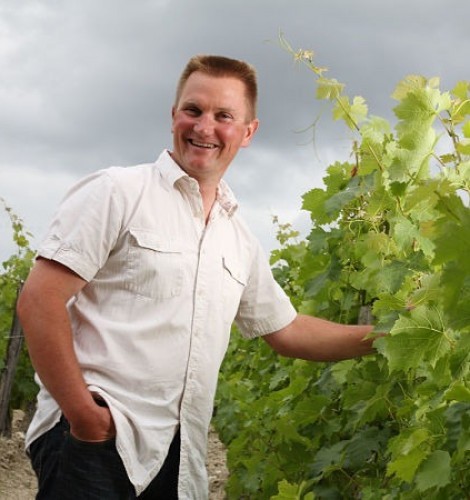
Stéphane Guion is the man behind this bottle. The fruit comes from vines averaging 50 to 70 years of age planted on a domaine that’s been certified organic since the 1960s. Guion works from his base in Bourgueil in the Loire Valley. I first tasted wines from this producer back in the 1990s, at a dinner in New York, and recall that they were inexpensive and delicious.
Cabernet Franc is one of my favorite things to drink, and this one is among my top picks. Low alcohol, lovely acidity — cellar this one for five to 12 years and thank me when you open it in 2028 or so — with wonderfully ripe, soft tannins. You’ll appreciate violet and strawberry aromas. Plus some spice and eucalyptus.
In the mouth, it’s all dark fruit and subtle black pepper. Pair this with everything from grilled asparagus to lamb, sausage and seafood stew. You can find this wine for around $17 at select outlets, including Chambers Street Wines.

The goal — or one goal — of daily tasting is, aside from the pleasure of it, development of the palate. While taste is subjective, objectivity is vital to individuals engaged with wine. Taste, taste, then taste some more.
Cabernet Power
Another wine I sampled recently: the 2018 Aperture Cabernet Sauvignon. Jesse Katz, the young winemaker behind this bottle, has for a good while been the recipient of accolades for his approach. It is an approach that he began working on (if originally through osmosis) while traveling as a young boy with his father, photographer Andy Katz, in Bordeaux, Burgundy and other wine-growing regions.
The younger Katz was the first winemaker to be included in the “Forbes 30 Under 30” list, and Wine Spectator named him a “Rising Star.” He made wine for Justin Timberlake. And if all of that does not impress, his wines, including his Devil Proof Malbecs, will. (Read this story for insights on a Houston connection.)
First, know that the 2018 Cabernet Sauvignon from Aperture Cellars is drinking well now. If you were to open a bottle of it this evening and pair it with a grilled ribeye you would have no regrets. However, this wine will also reward patience. Drink a bottle now, and put one (or a case) away for at least eight years.
The Alexander Valley AVA is the source of this wine, which is 86 percent Cabernet Sauvignon, 7 percent Malbec, 5 percent Merlot and 2 percent Petit Verdot. It retails for $70. The Cabernet here is sourced from four volcanic-soil sites on hillside slopes, and the wine is unfiltered, unfined and un-acidified.
By the way, if you can get your hands on some of Katz’s Malbec, do so.
Do give this bottle some time to breathe. . . decant it for a few hours. The cassis, tobacco and coffee notes will please your olfactory senses, and the dark fruit and slight spice and vanilla will linger in the mouth.

Wine That Sparkles
Let’s turn to some sparkling wine from England — West Sussex and Hampshire to be exact. It’s from Nyetimber, and it’s a multi-vintage cuvée (Chardonnay, Pinot Noir and Pinot Meunier) that retails for $55. I consider this one of my go-to sparkling wines at that price level, and like to keep one chilled at all times.
The Nyetimber Classic Cuvée is aged for an average of three years, and its toasty quotient is remarkable. Brioche, frangipane, a slight nuttiness. . . all of that is there, plus fine bubbles and an elegance that makes this wine more than ideal for celebrations, anniversaries and brunch. Would I pair it with oysters or salmon? Yes, and if toro and ebi were served to me I’d be happy drinking this wine with them as well.
Nyetimber as a producer has put a lot of money and thought into reducing its carbon footprint, and I like that. Thirty percent of its estate holdings is comprised of “nonproductive” hedgerows, sheep from a nearby farm graze the grass and other ground vegetation in vineyard plots — their waste supplies nutrients to the soil, and their eating habits reduce the use of tractors and lower carbon emissions. I am a firm believer in the adage that every little effort counts, and these types of practices at Nyetimber (and at many other producers) add up.
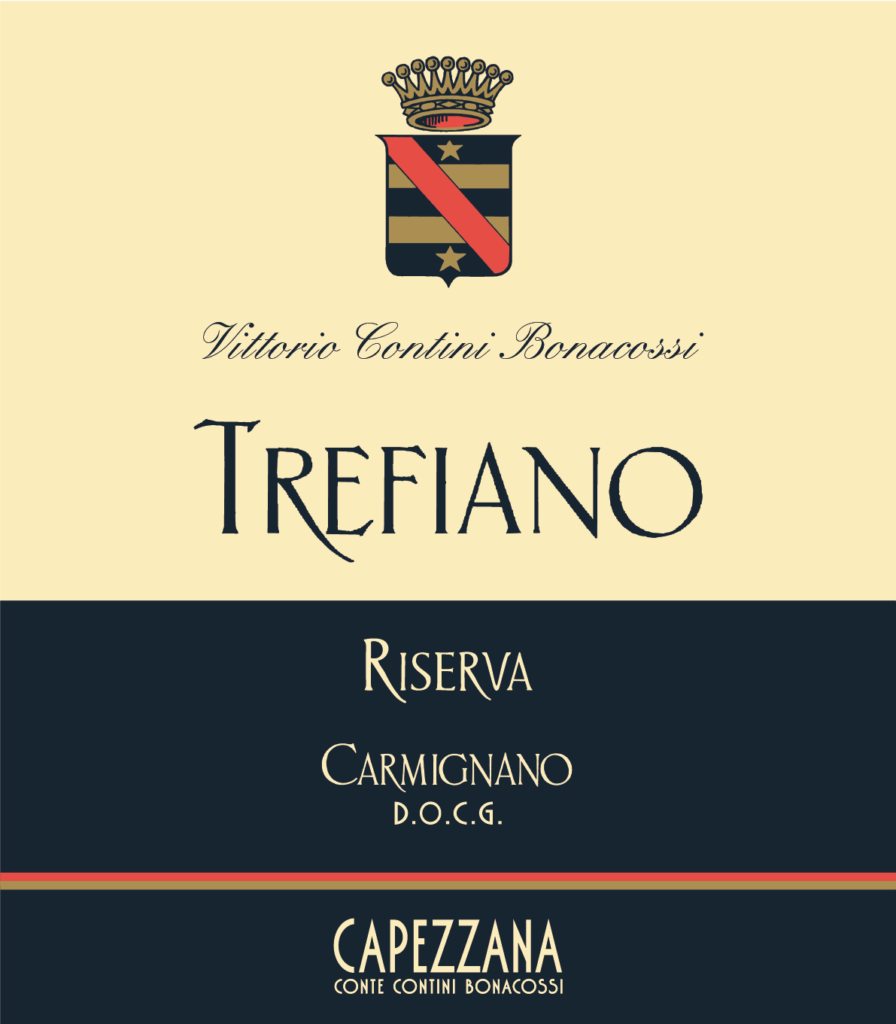
A Bottle of Red
Finally, a red wine from Italy that spoke to me with confidence and promise. It’s from Tenuta di Capezzana, an estate whose founding dates back to 804 A.D. It’s situated 12 miles west of Florence, and is a leading name in the Carmignano region, the history of which is fascinating.
In 1716, the Grand Duke of Tuscany, Cosimo III de’Medici, granted the region official and legal status. Today, Carmignano DOCG regulations stipulate that Sangiovese must be at least 50 percent of the blend, and allow 10 to 20 percent of Cabernet Sauvignon or Cabernet Franc, as much as 20 percent Canaiolo Nero and 5 percent Mammolo and Colorino, and up to 10 percent white grape varieties, such as Trebbiano or Malvasia.
To the wine: It’s the 2015 Trefiano Carmignano Riserva DOCG, and it has a suggested retail price of $59. It’s bottled during the best vintages only, “best” as deemed by the winemaker, and it’s aged for 18 months in French oak (10 percent new oak) and an additional year in bottle.
The 2015 is 80 percent Sangiovese, 10 percent Cabernet Sauvignon and 10 percent Canaiolo, a blend put together well by Benedetta Contini Bonacossi (Capezzana is owned by the Contini Bonacossi family). For those of you who are interested in names, Trefiano refers to the 15th-century villa purchased in the 1920s by the Contini Bonacossi clan. Five hectares of vineyards that surround the villa are the source of the grapes used to make this wine.
Deep ruby in color, the Trefiano greets the nose with dark cherry and cedar. This is a wine with serious intent, and I loved it with lamb. Steaks, wild boar and sausages would be other great pairings. Ripe tannins never jar the drinker, and the tobacco notes on the palate are delightful. I’m looking forward to revisiting this vintage in five years.
Three Bonus Wines
I sampled three other offerings from Capezzana recently, bottles at different price points. Each is worth consideration.
I began with the 2018 Barco Reale di Carmignano DOC, at $18 a great value. It’s 75 percent Sangiovese, 15 percent Cabernet Sauvignon, 5 percent Canaiolo and 5 percent Cabernet Franc. It is fermented in stainless steel and aged in Slavonian oak. Drink it now.
Next, the 2016 Villa di Capezzana Carmignano DOC ($30). It’s considered the flagship wine of the estate. It’s 80 percent Sangiovese and 20 percent Cabernet Sauvignon, fermented in French oak and aged for a year in the barrel. Drink now to 2026.
Finally, the 2013 Ghiaie della Furba Toscana IGT ($51). As with the Trefiano, this wine is made in the best vintages only. “Ghiaie” refers to the gravelly soils near the Furba, a stream on the estate. It’s 40 percent Cabernet Sauvignon, 35 percent Syrah and 25 percent Merlot. Delicious now, and is still full of aging potential.
Next time, I’ll be sitting down with, among other selections, some California Zinfandel, a Prosecco and a Malbec from the Temecula Valley AVA.
For more wine, travel and other stories from James Brock, check out his Mise en Place.







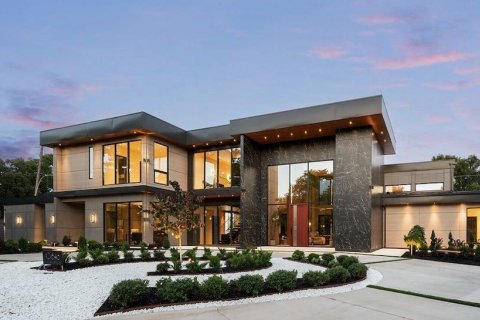



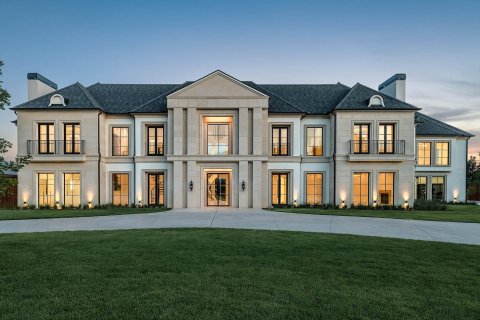


_md.jpeg)

